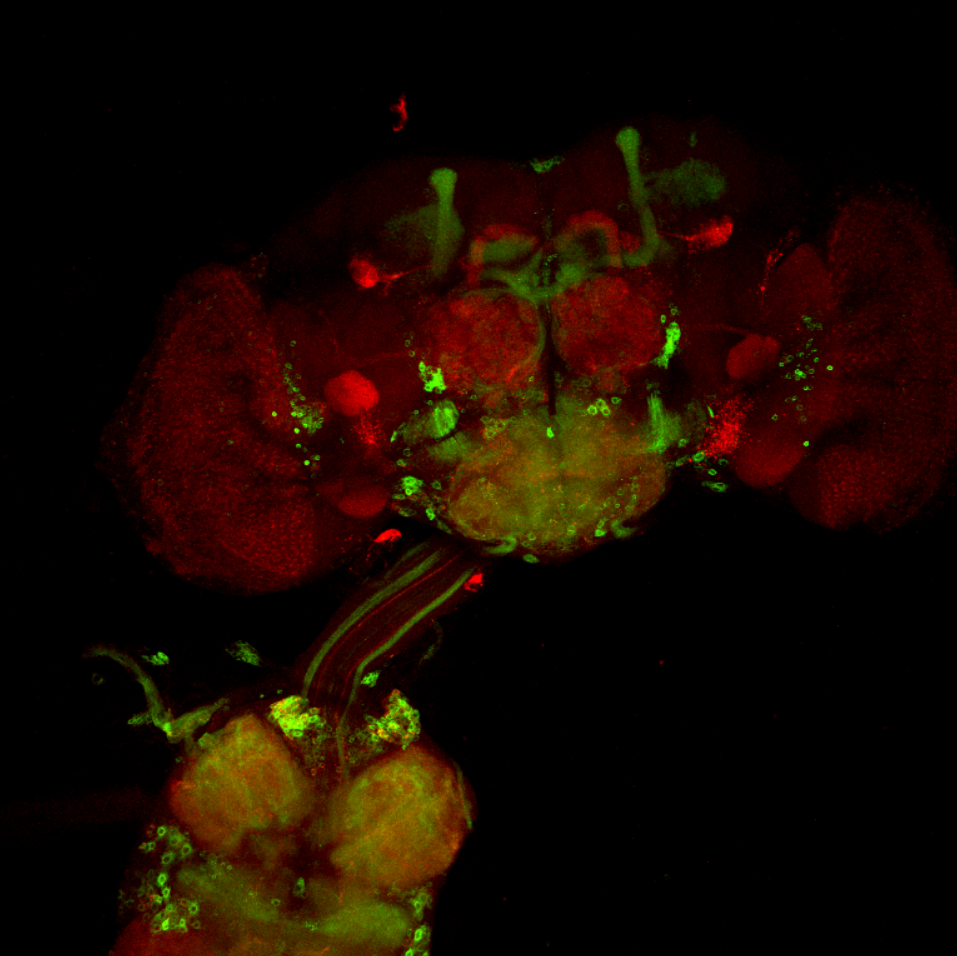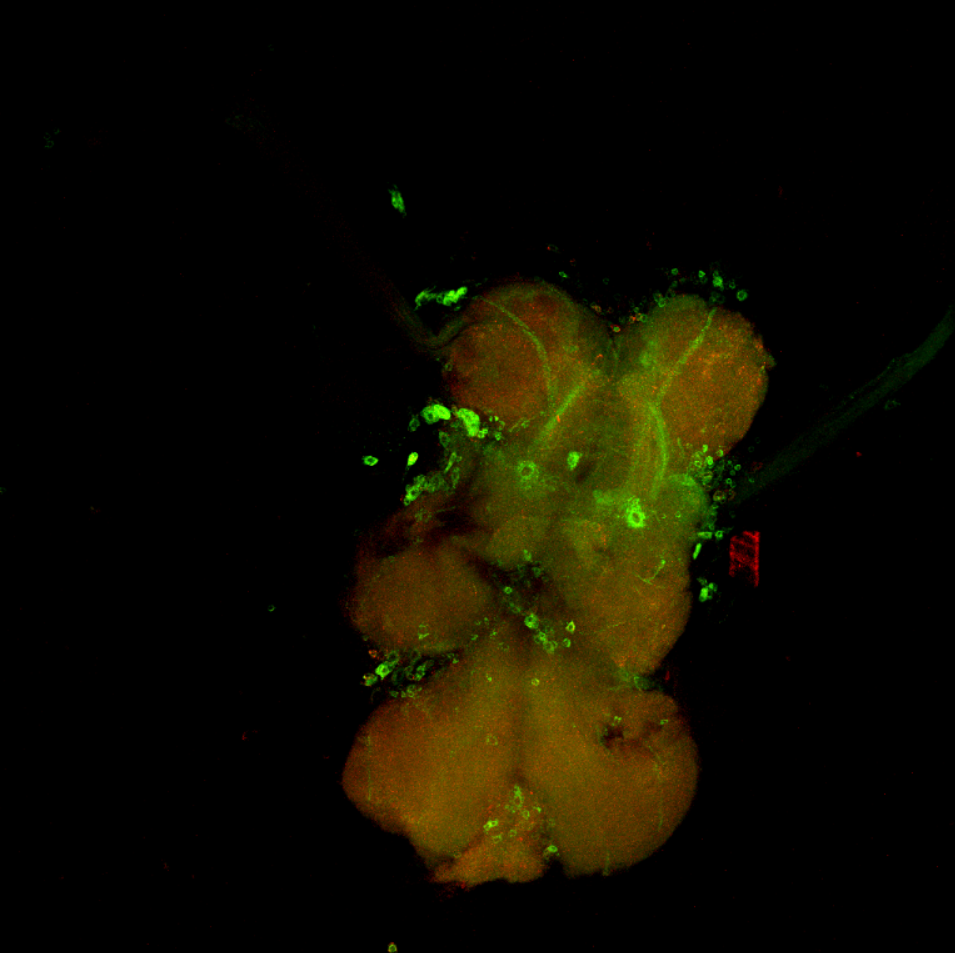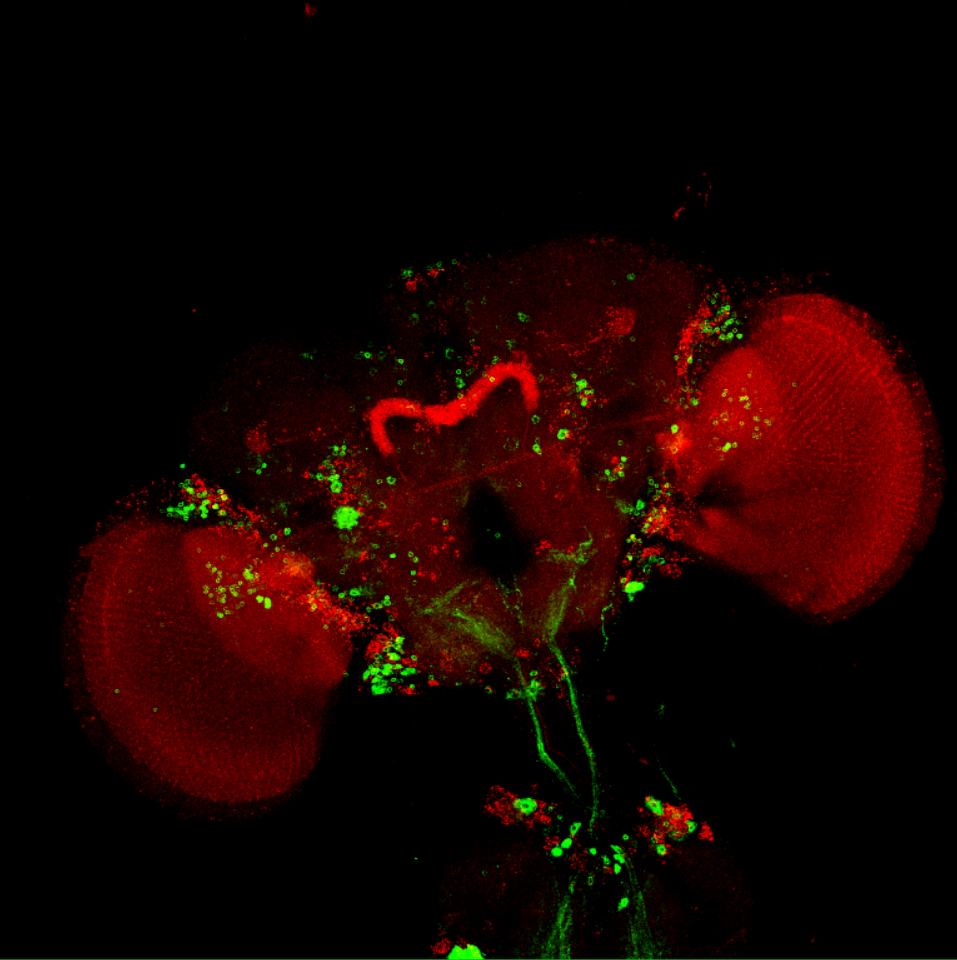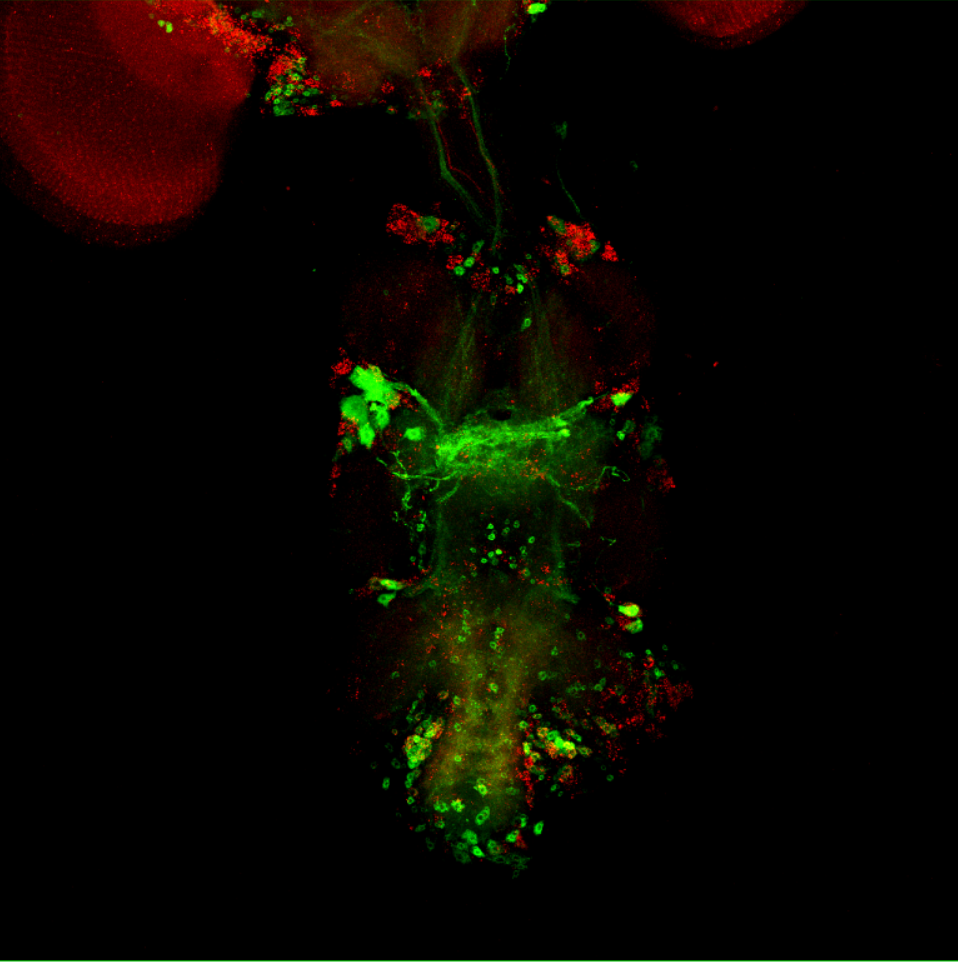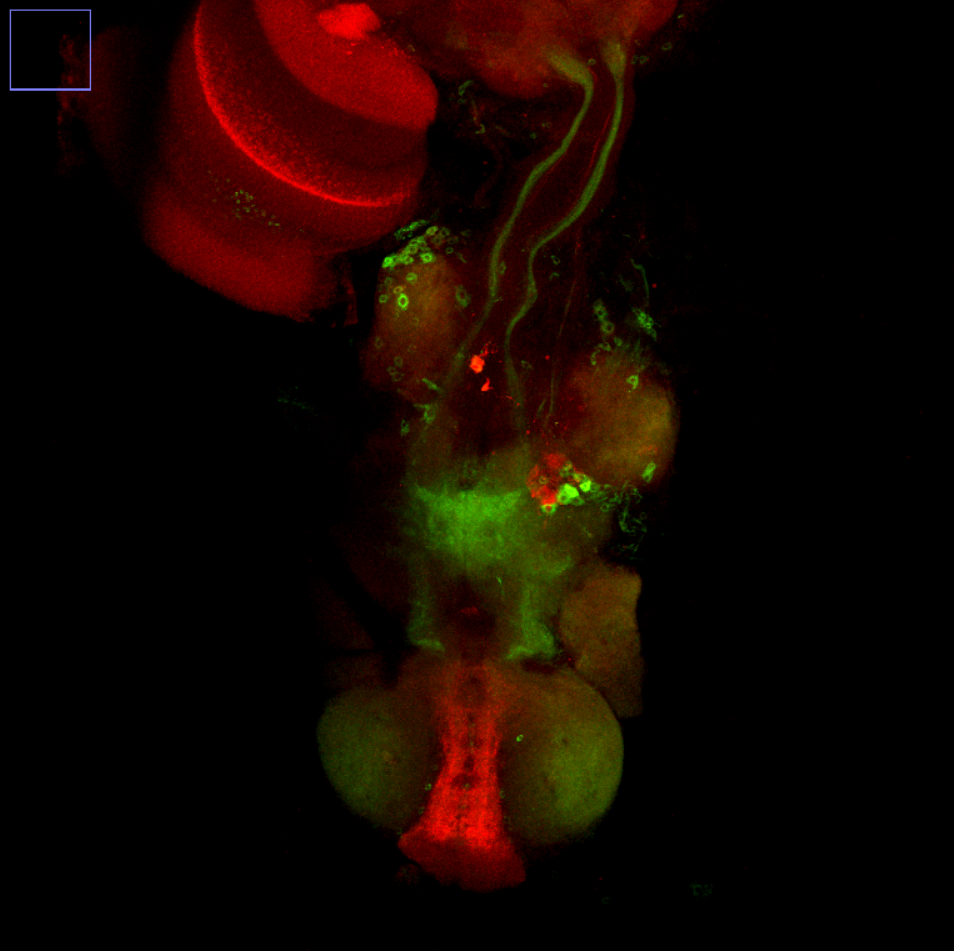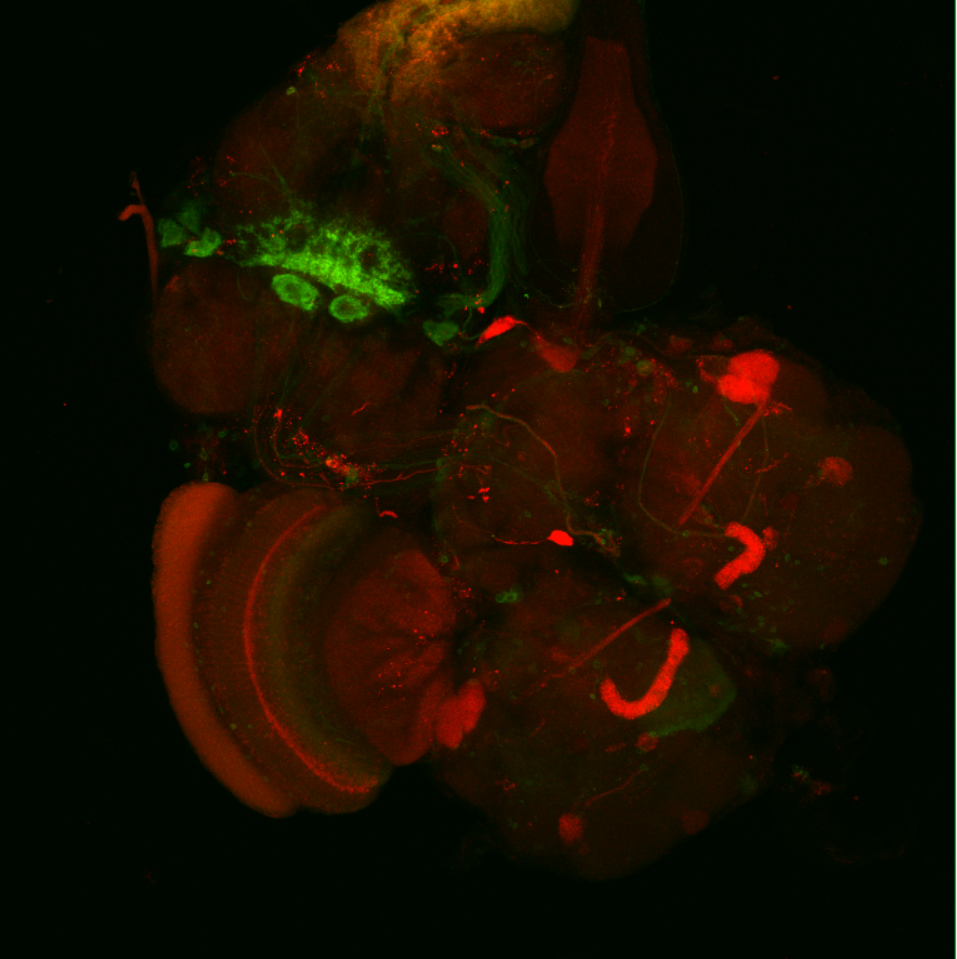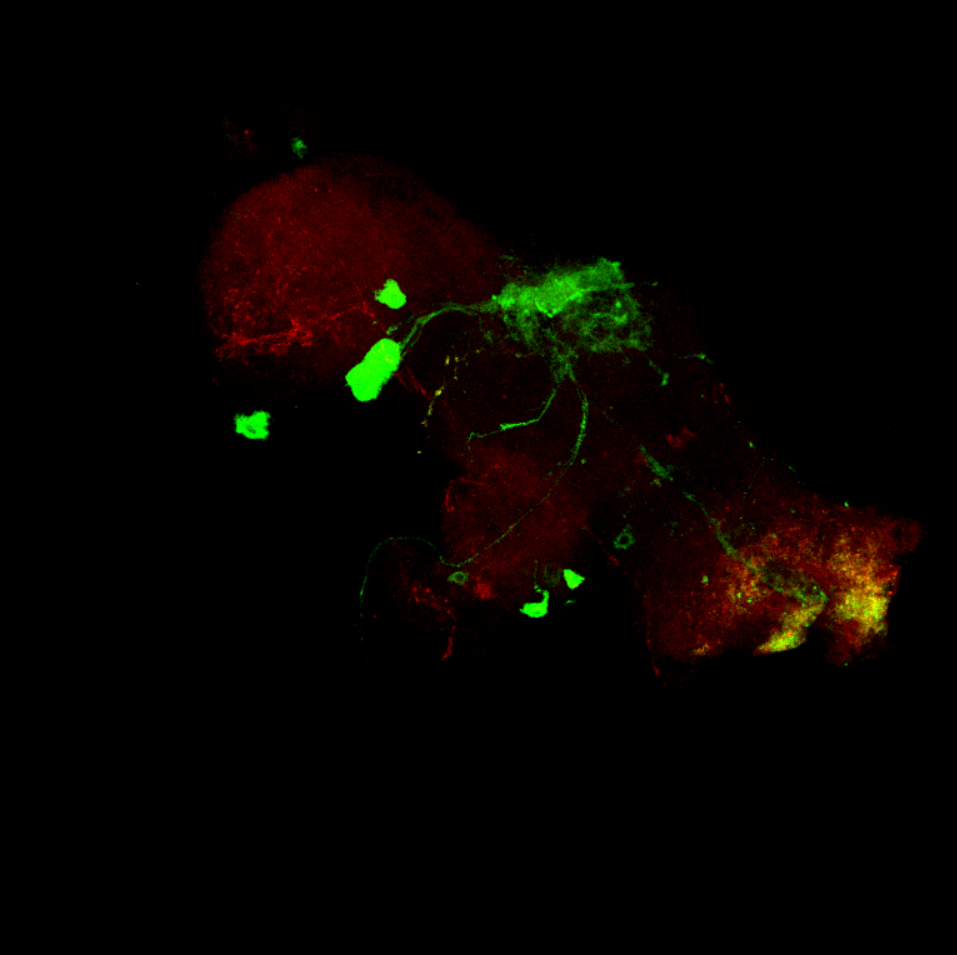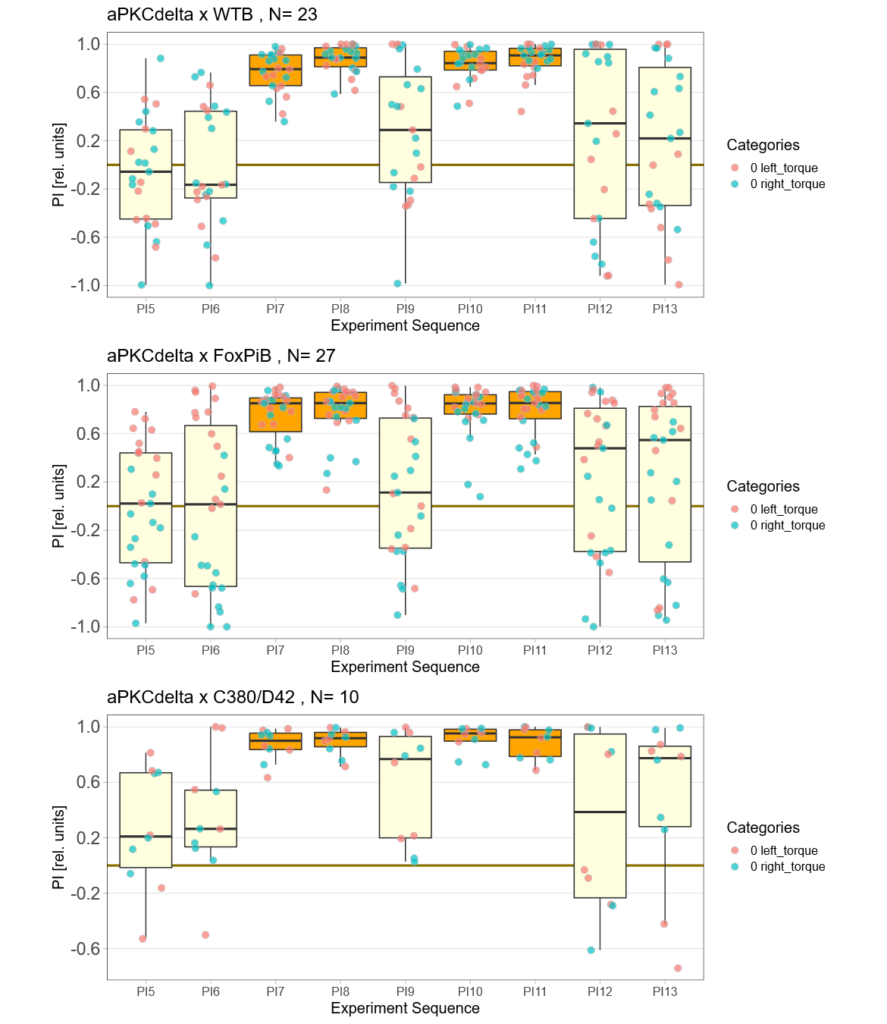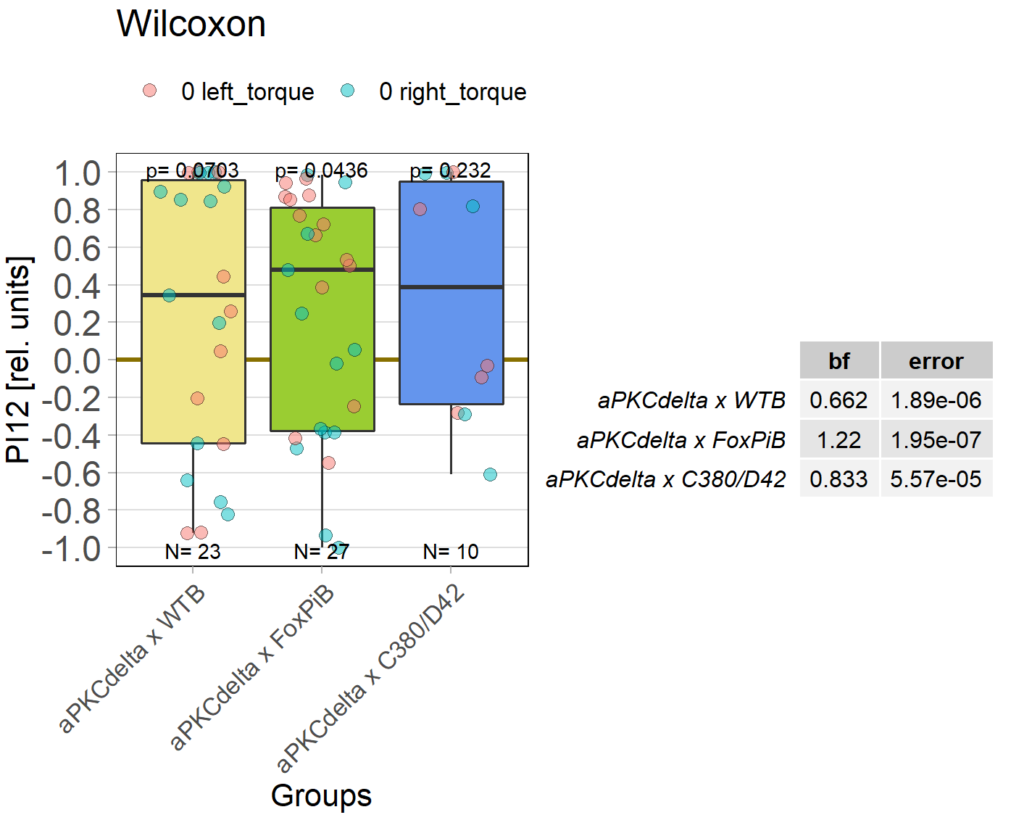Quality control reduced number of animals
on Monday, July 15th, 2024 8:34 | by Björn Brembs
Going over the optomotor responses with a fine comb revealed a bunch of flies where the algorithm wasn’t able to provide a proper fit for the OMR asymptote. Therefore, I will need more time to finish the data set. Here the current torque-learning PIs:

Clearly, the genetic controls learn while the flies with knocked-out aPKC in FoxP neurons fail to show a significant learning score. However, the OMR asymmetry effect in the genetic controls appears weaker than the one we discovered in WTB flies, as can be seen in the OMR traces after the self-learning:

Then again, at the .05 level, the asymmetry index is significant. Not the alpha level we commonly use, but also a lower N than we strive for (above is before training, below is after):

The transgenic experimental flies, in contrast, don’t seem to show much of an effect at all:


Category: Foxp, operant self-learning, PKC | No Comments
Yaw torque avoidance reference
on Monday, June 24th, 2024 10:01 | by Björn Brembs
Category: Foxp, Operant learning, operant self-learning, PKC | No Comments
Passing the halfway mark
on Monday, June 17th, 2024 8:25 | by Björn Brembs
Finally have about half the number of flies needed. It looked like the flies that used the FoxP virgins didn’t fly as well as the other flies, so we dropped that branch and have stopped using them for the crosses. Pooling the FoxP>aPKC/CRISPR flies no increases the N in this group:
Category: Foxp, operant self-learning, PKC | No Comments
Anatomy comparison
on Monday, March 28th, 2022 12:06 | by Andreas Ehweiner
Compairison of the previous shown expression pattern (FoxP: red, D42: green) with the figures from Maniates-Selvin et. al. 2020.
Top row: dorsal view
Bottom row: dorsal view tilted to the right
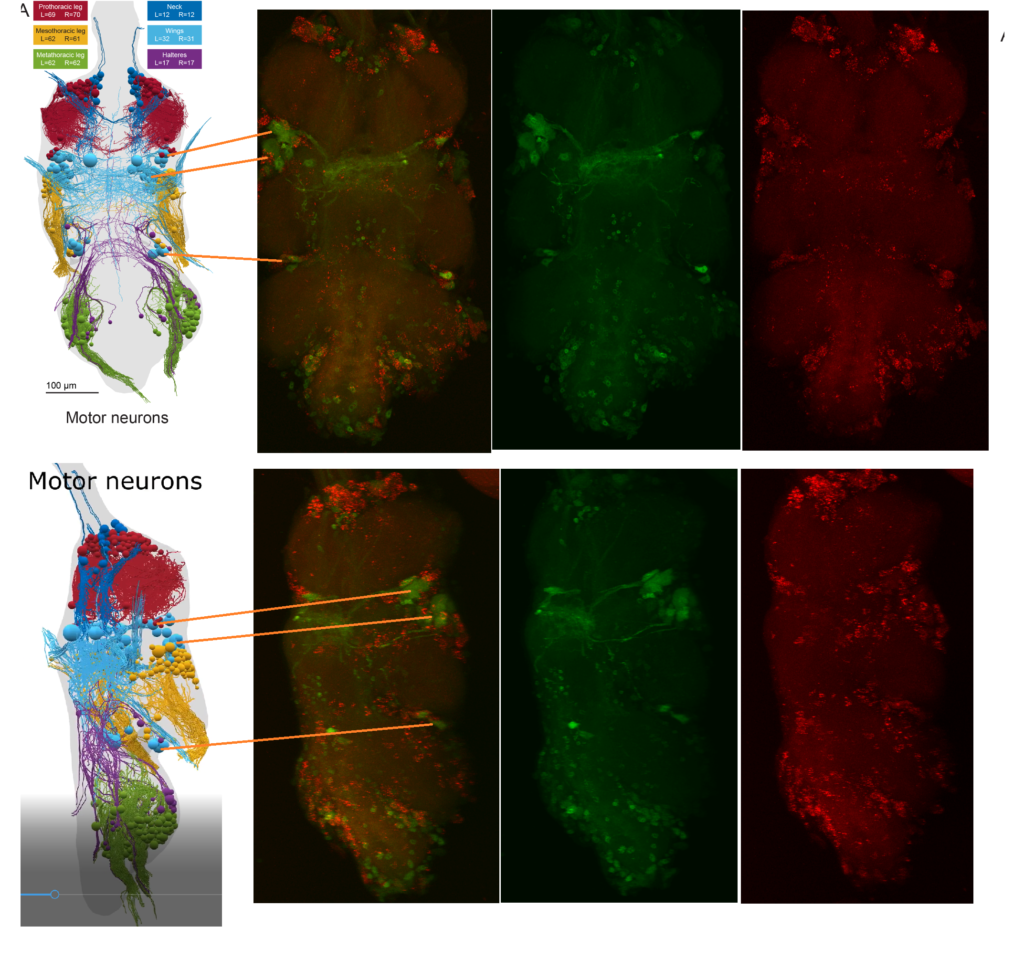
Category: Anatomy, Foxp | No Comments
Overlap FoxP – motor neuros/aPKC
on Monday, March 14th, 2022 11:40 | by Andreas Ehweiner
Category: Anatomy, Foxp, PKC, PKC_localisation, Uncategorized | No Comments
FoxP aPKC shematics update
on Monday, January 17th, 2022 1:17 | by Andreas Ehweiner
Category: Foxp, Operant learning, operant self-learning, PKC | No Comments
Possible canidate for overlap
on Monday, January 10th, 2022 1:36 | by Andreas Ehweiner
By comparing the FoxP expression pattern with canidate neurons, VGlut-F-400630 could be an interaction point of FoxP-neurons with the MB.
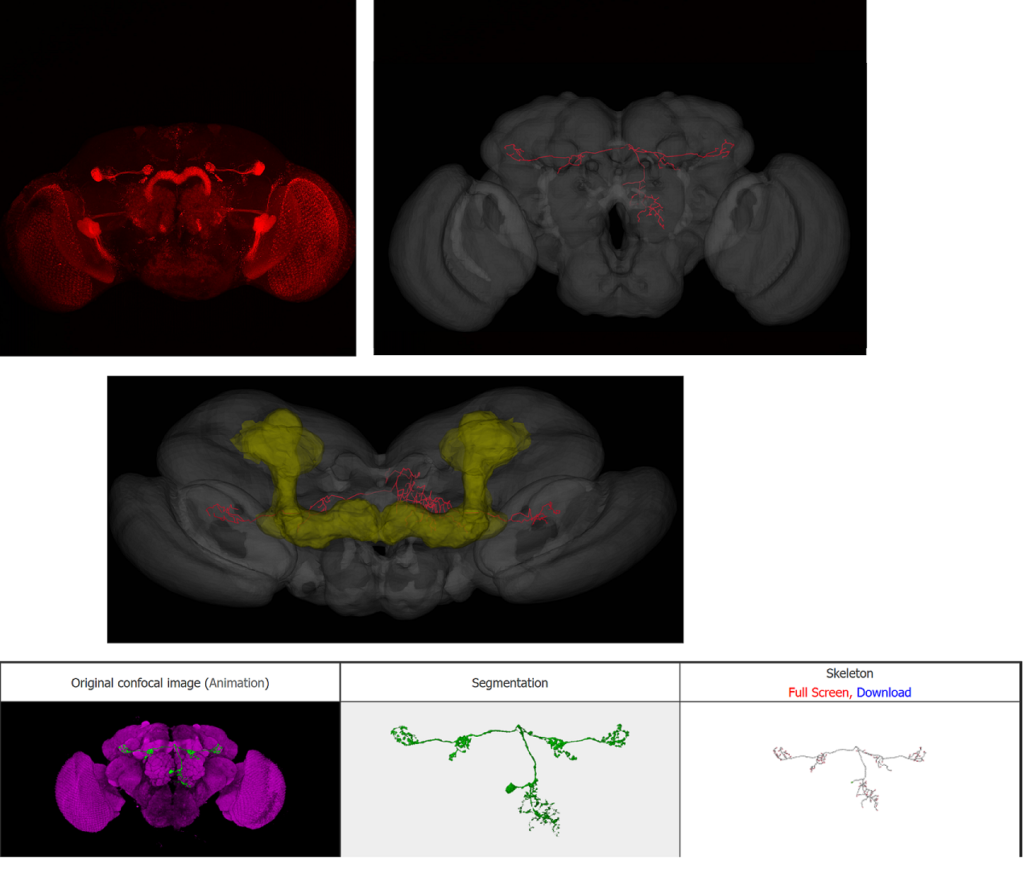
Category: Anatomy, Foxp | No Comments
aPKCdelta half the experiment time
on Monday, November 8th, 2021 10:49 | by Andreas Ehweiner
Expression of aPKCdelta in FoxPiB positiv or motor neurons, the time of the experiment is half of the normal time.
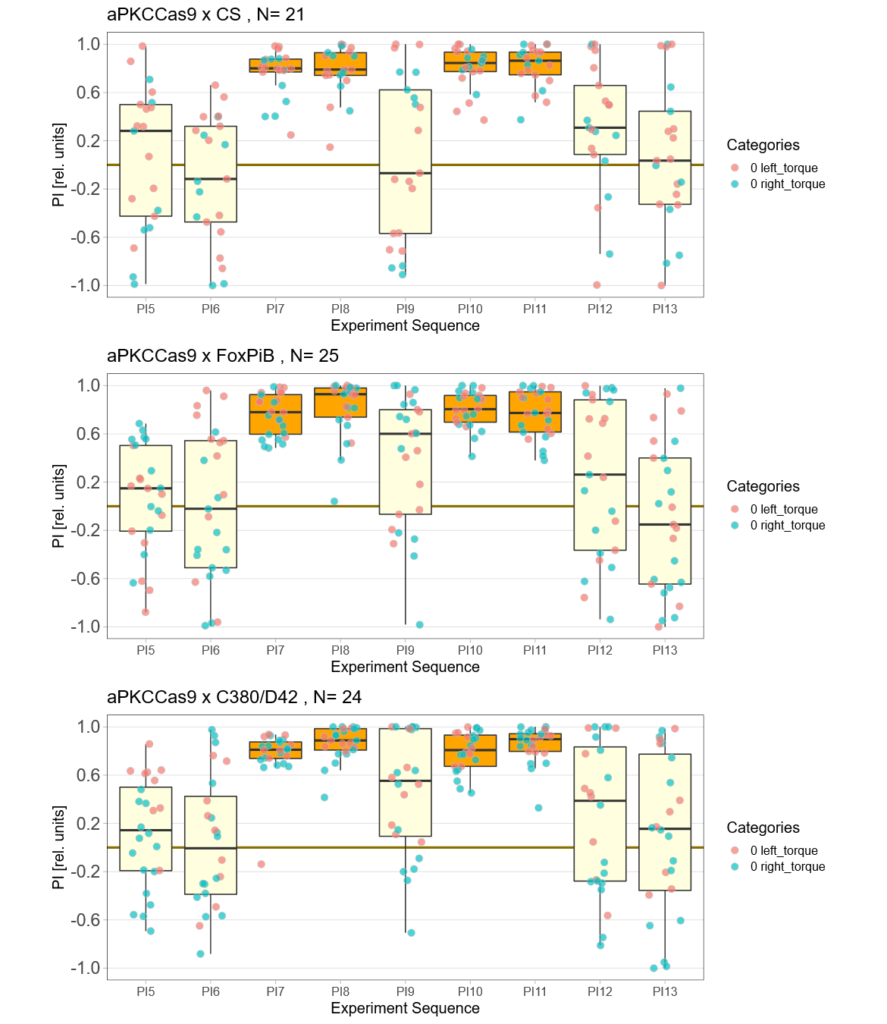

Category: flight, Foxp, Memory, Operant learning, operant self-learning, PKC, Uncategorized | No Comments
aPKCdelta expression
on Monday, October 25th, 2021 12:01 | by Andreas Ehweiner
Category: flight, Foxp, Operant learning, operant self-learning, PKC, Uncategorized | No Comments
Colocalization of FoxP
on Monday, August 30th, 2021 12:48 | by Andreas Ehweiner
Cross of FoxPLexA (red) with diffrent GFP-Lines (green)
GMR65A06
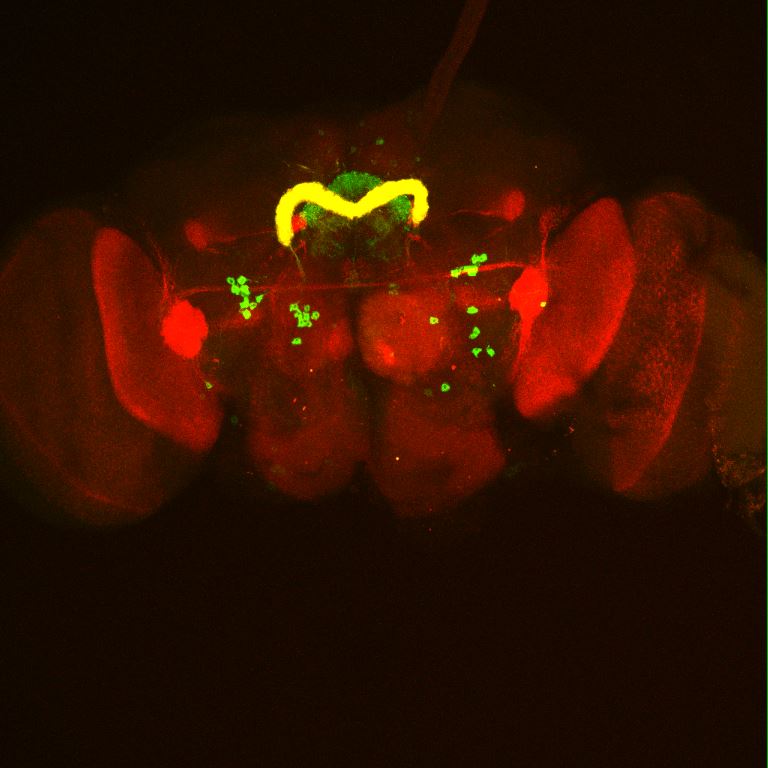
GMR20H05
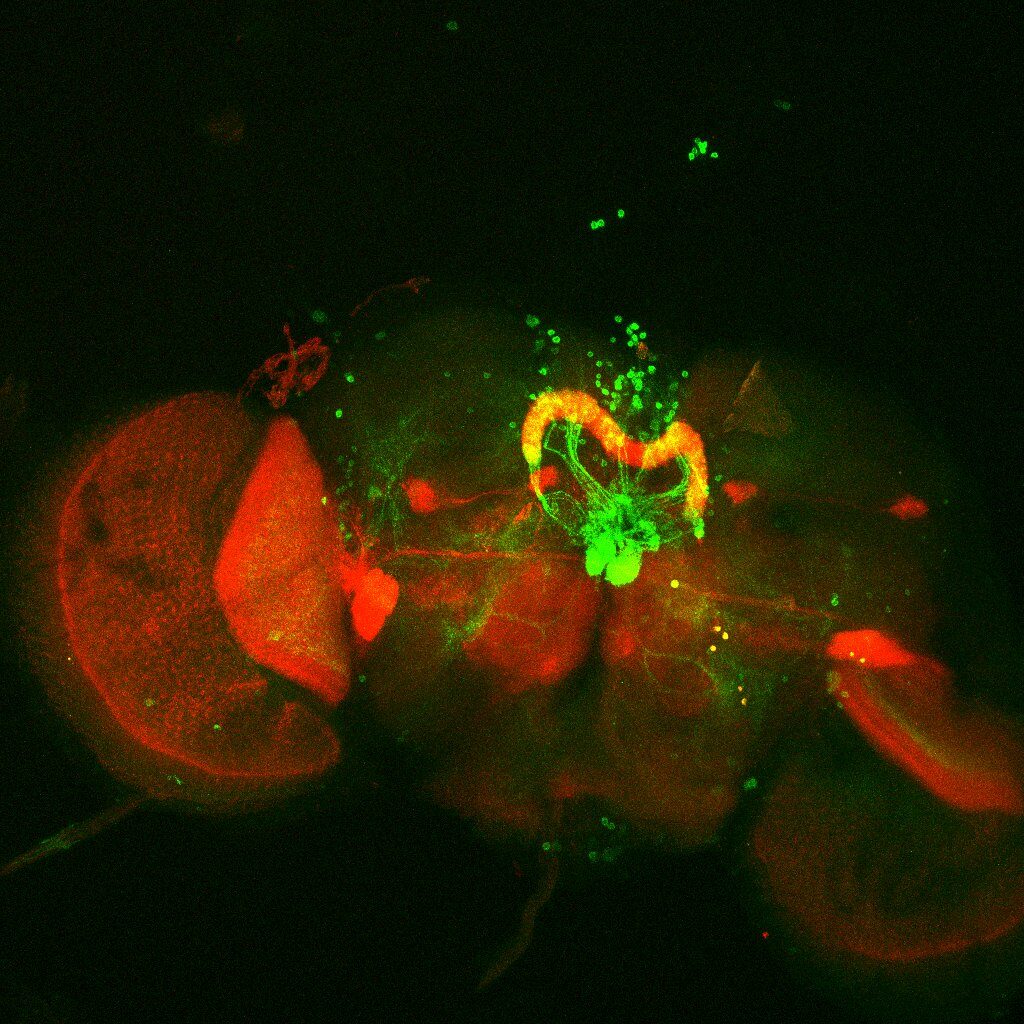
GMR11F02 (dose not overlap)
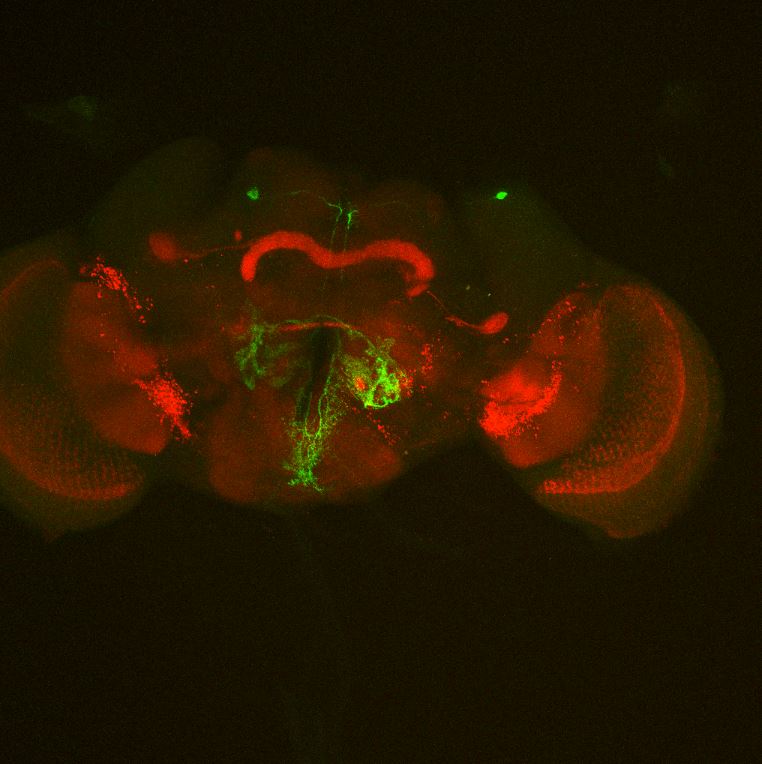
GMR52B10 not checked yet
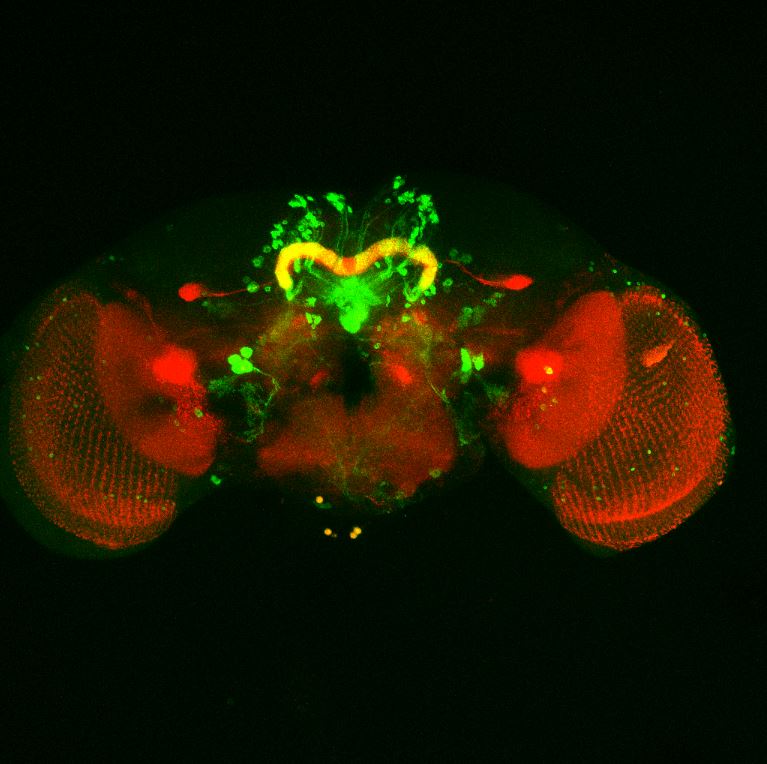
aPKC (must be repeated)
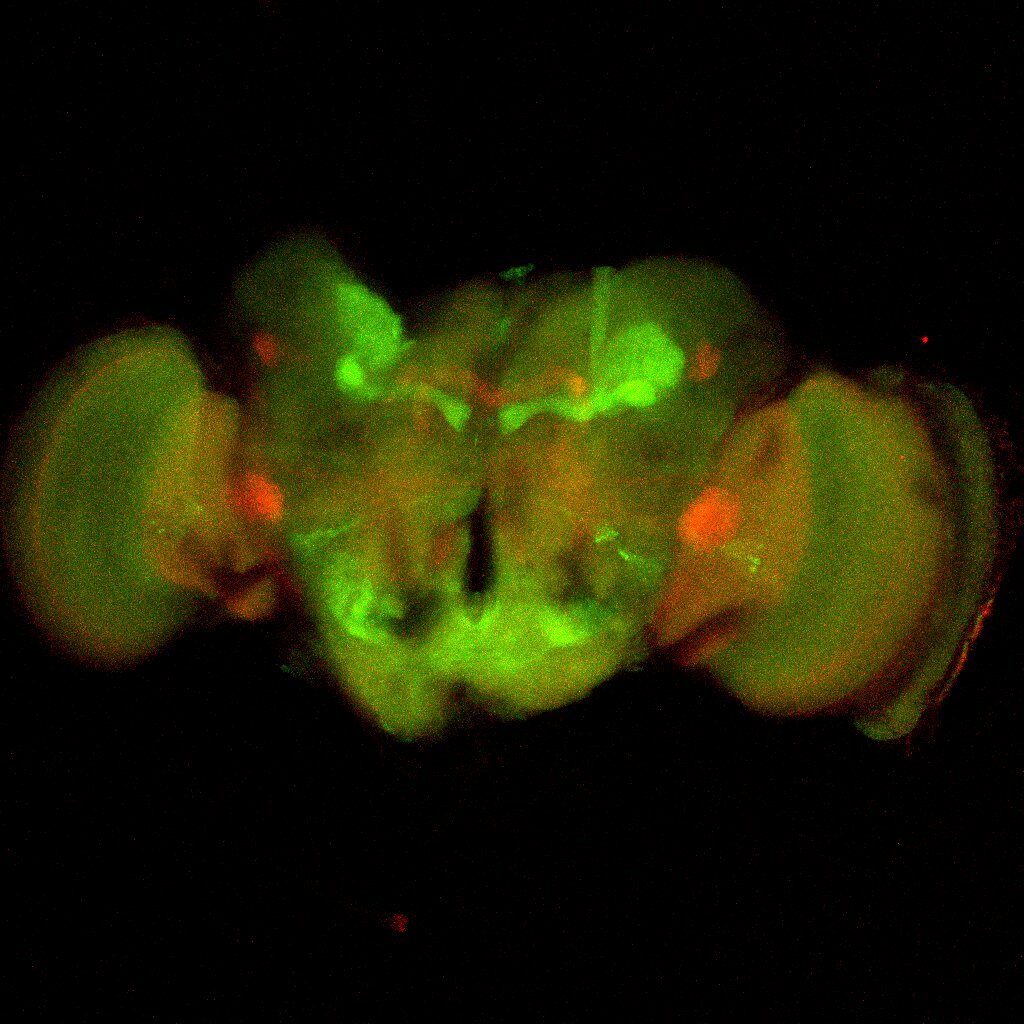
Category: Anatomy, Foxp, Uncategorized | No Comments


